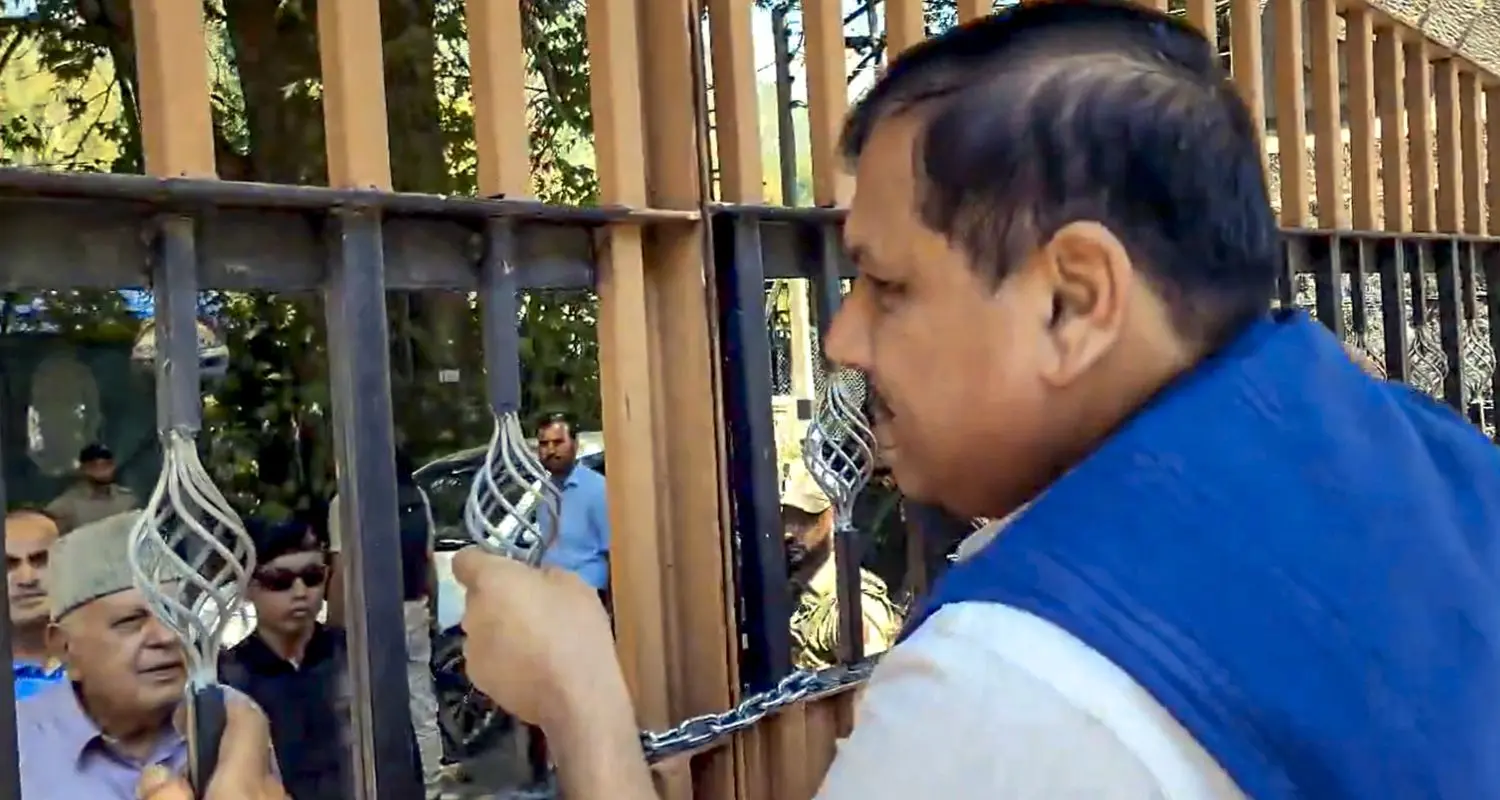Delhi’s power demand this summer is breaking all previous records – it broke the previous record of June 6, 2017 four times since June 1 and hit an all time high of 6,934 megawatt (MW) last Friday, June 8 at 3:28PM, said Centre for Science and Environment (CSE).
What is more, Delhi’s peak demand has been consistently higher than that of Mumbai, Kolkata and Chennai taken together during this time of the year, the CSE said.
The CSE analysis released on Tuesday, June 12, said the demand has reached such levels when this is not the hottest day of the season so far. The earlier record of 6,526 MW was set on June 6, 2017 which was a hotter day than June 8, 2018.
The CSE links the huge demand for electricity in Delhi to subsidised electricity, rising ambient temperature, growing use of air conditioners (AC) and inadequate central regulations for energy performance of ACs.
Anumita Roychowdhury, executive director, research and advocacy, CSE, said: “Without any pricing or energy efficiency measures to reduce the demand for electricity or substantial substitution with renewable energy, environmental and economic costs can escalate significantly.”
The growing demand for electricity and peak demand in the city is influenced not only by the commercial use of electricity, but also by growing use of energy-intensive appliances for cooling in the household sector, she said.
“Cheap electricity, rising incomes, and badly designed buildings that trap heat, are inducing demand for energy-intensive active cooling practices and systems upsetting the energy demand of the city,” she added.
According to the newly released report of the Central Electricity Authority on Load Generation Balance Report 2017-18, Delhi is consuming more electricity than states like Himachal Pradesh, Jammu & Kashmir, Uttarakhand, Chhattisgarh, Goa, Kerala, Bihar, Jharkhand, Odisha, Sikkim and all states of the North-east.
Delhi’s residential energy consumption is even more shocking. The total energy consumed by Delhi households is more than that of all households in Gujarat, one of the richest states, with a population about three times that of Delhi. Already in Delhi, the household electricity consumption per capita is about 43 units per month as against national average of 25 units per month.
According to an estimate by the Bureau of Energy Efficiency (BEE), ACs contribute almost 60 per cent of the Delhi’s peak electricity demand.
According to the IEA report, India is to see a 15-fold jump in demand for power for space cooling by 2050.
CSE analysis: The key highlights
Rapid increase in electricity demand: Electricity consumption in Delhi has grown by almost 42% between 2006-07 and 2017-18 and peak demand has grown by staggering 64% in this period.
On an average, an electrified household in Delhi matched the electricity consumption of an average German household: it consumed about 260 kiloWatt-hour (kWh) of electricity monthly in 2016-17 – almost three times the national figure of 90 kWh.
Residential cooling demand increases night-time peak demand: This summer, on several days, demand has peaked during night – recording higher levels than the day time demand.
This is the starkest evidence of the powerful impact of residential use of ACs on electricity demand since it has happened even when all commercial uses including offices, retail and education institutions are closed at night.
During the month of May, for as many as 21 days, late night peak demand has been higher — up from 14 days in 2016.
A typical summer day in Delhi has two peaks, one during the day (driven by commercial activities) and other around midnight (driven by residential sector). On an average, these two peaks have become almost identical now. The average day peak during the period May 1-May 31, 2018, was 5,280 MW daily during afternoon (between 3.00-4.00 PM); the average daily night peak was 5,256 MW (11.00 PM-midnight) – a small difference of merely 0.5 per cent.
Weekdays vs weekends: The impact of residential demand for electricity is so substantial that the average electricity demand on weekends is just 4 per cent lower than the demand on weekdays. This slight difference is caused mostly by about 8 per cent drop in demand during the day time, while the night demand remains the same.
In the early 2010s, day peak during the weekend used to be higher than the night peaks; but last year, almost 95 per cent of the weekend night peak was higher.
Drastic decline in electricity demand after dust storm and temperature drop proves high impact of ACs on electricity demand: Interestingly, the link between ambient temperature, use of ACs and electricity demand is directly evident from the days of the storms and squalls in Delhi when temperature drops temporarily. For instance, on June 9, when a thunderstorm brought down ambient temperature from 34 C to 24 C between 5:00-5:30 PM, the peak demand for electricity fell from 5,600 MW to 3,323 MW (a 41 per cent drop). This shows the impact of cooling requirement on Delhi’s peak energy demand.
Electricity subsidy inciting energy-intensive cooling: The Delhi Electricity Regulatory Commission (DERC) has slashed electricity rates for domestic consumers by 12-25 per cent across all consumption slabs this year.
The new tariff is among the lowest in the country — but the Delhi government makes it even cheaper by providing a 66 per cent subsidy on the rate for households that consume less than 400 units a month and an additional rebate of Rs 100 on the fixed charge to households that consume less than 100 units a month. The effective electricity rate in Delhi is Rs 1/unit for the first 200 units, and Rs 1.5 for the next 200 units – total of 400 subsidised units offered by the Delhi government.
Delhi government data shows that the subsidy was availed by 82 per cent of homes last year – which means even higher income households are benefitting from the subsidy and the low rates, since there is no mandate for energy audits or compulsory disclosure of annual energy consumption.
Moreover, Delhi does not impose any penalty for over-consumption
India’s energy efficiency standards for ACs lagging behind global best practices: Between 2013 and 2018, India produced over 26.5 million AC units, of which about 60 per cent were 3-star. A recently released report, “The Future of Cooling” by the International Energy Agency, notes that when it comes to energy efficiency of ACs, India has the worst market average of measure of energy efficiency (3.2 Seasonal Energy Efficiency Ratio) compared to major economies like the US, Europe, Canada, China, Japan, Korea, and Singapore.
It also notes that the best AC (6.2 Seasonal Energy Efficiency Ratio) available in India is subpar compared to the global best practice. In other economies, the SEER varies from 11 in Europe; 7.7 in Japan; 9.7 in South Korea; 7.5 in China; and 12.3 in USA.
Weak energy efficiency standard of ACs worsens energy impacts: Energy performance of an air conditioning system depends on the outdoor weather conditions and indoor temperature settings. A 2016 study by CSE had found an average 20% increase in energy consumption of a 5-star split AC compared to its labeling when outdoor temperatures hit 45 C. The cooling capacity also dropped by 13-15 percent.
Need energy-efficient buildings: The intensity and duration of AC use can be reduced substantially if buildings are designed more sensibly to reduce heat gain. Summer heat is being trapped by climate-insensitive construction and a highly concretised urban-scape.
Inappropriate architectural design and material used in the hot and dry climate of Delhi — such as glass-dominant structures, predominant use of concrete, and use of large windows and flat concrete roofs without shading — traps a lot of heat. Even though the nights are cooler, buildings cannot release heat effectively, and hence require active cooling.


 Cricket news22 hours ago
Cricket news22 hours ago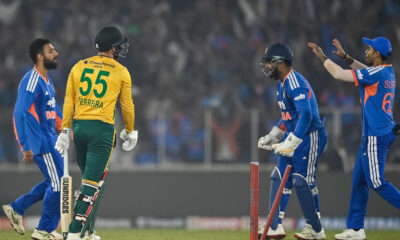
 Cricket news23 hours ago
Cricket news23 hours ago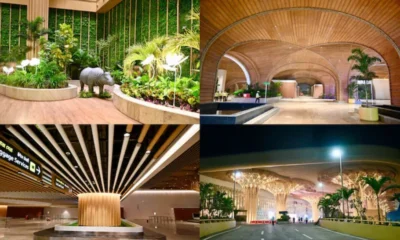
 India News23 hours ago
India News23 hours ago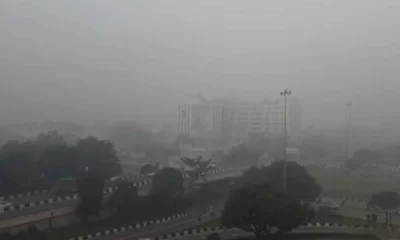
 India News22 hours ago
India News22 hours ago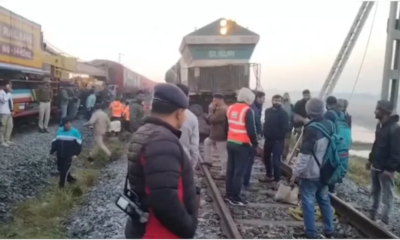
 India News23 hours ago
India News23 hours ago
 Entertainment19 hours ago
Entertainment19 hours ago
 Cricket news18 hours ago
Cricket news18 hours ago














